Coloring Cement
lesdvs9
16 years ago
Featured Answer
Comments (29)
lesdvs9
16 years agoRelated Professionals
Edmond Landscape Architects & Landscape Designers · Leawood Landscape Architects & Landscape Designers · Simi Valley Landscape Architects & Landscape Designers · Southfield Landscape Architects & Landscape Designers · Tempe Landscape Contractors · Bridgeview Landscape Contractors · Elmhurst Landscape Contractors · Essex Landscape Contractors · Indio Landscape Contractors · Lancaster Landscape Contractors · Maywood Landscape Contractors · Roseville Landscape Contractors · The Villages Landscape Contractors · West Chester Landscape Contractors · Westchester Landscape Contractorsrobert_m
16 years agolesdvs9
16 years agoBelgianpup
16 years agolesdvs9
16 years agojannoel_gw
16 years agomarcia7439
16 years agolesdvs9
16 years agowannadanc
16 years agodaisy_ny6
16 years agolesdvs9
16 years agotehuti
16 years agochris2u
16 years agotiggerfly123_yahoo_com
13 years agotehuti
13 years agomark_fleming
13 years agocreationsbyjudy
12 years agovalolson1
12 years agoMike Larkin
12 years agoChristine Rayward
7 years agoMike Larkin
7 years agoMelissa Sellers
6 years agoConni Moore
6 years agoSusan Graham
6 years agokkurtzrock
6 years agoBee Happy
5 years agoBee Happy
5 years agoHU-69842604
4 years ago
Related Stories
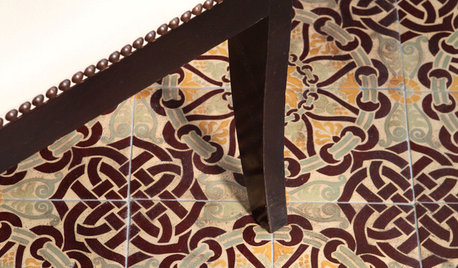
REMODELING GUIDESOld is New: Cement Tile Makes a Comeback
Get Ideas for Using Colorful Moorish-Inspired Tile at Home
Full Story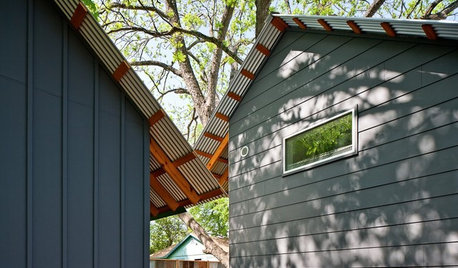
REMODELING GUIDESFiber Cement Siding Takes a Front Seat
Not just a wood or vinyl substitute, fiber cement is a stellar siding choice in its own right for modern home exteriors
Full Story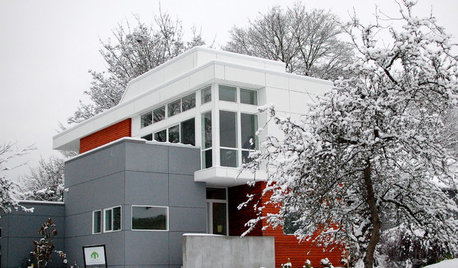
REMODELING GUIDESSeal the Deal With Fiber Cement Siding
Chameleon-like, durable and low maintenance, fiber cement gives home exteriors of all shapes and styles a winning edge
Full Story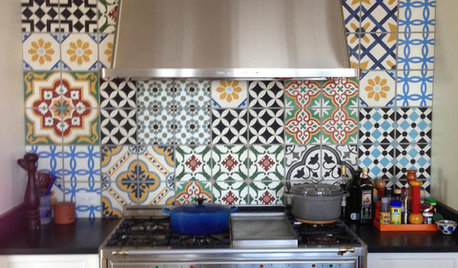
TILESo Many Reasons to Love Cement Tiles
You’ll notice their beautiful patterns right away, but cement tiles have less obvious advantages too
Full Story
TILEEpoxy vs. Cement Grout — What's the Difference?
Grout is grout, right? Nope. Cement and epoxy versions have different appearances, durability and rules of installation
Full Story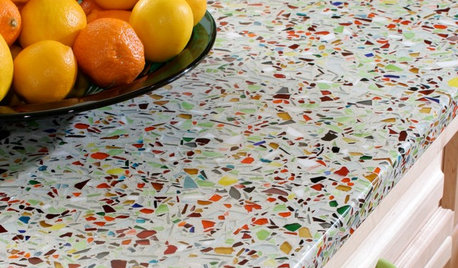
KITCHEN DESIGNKitchen Counters: Sturdy, Striking Recycled Glass With Cement
Ecofriendly and full of character, this heat- and scratch-resistant material is a great fit for custom kitchen counters
Full Story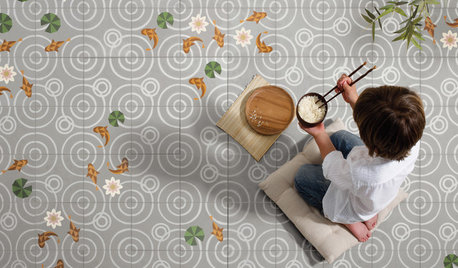
TILEWorld of Design: How Modern Geometric Designs Are Reinventing Cement
Intricate and eye-catching, the patterns of today’s cement tiles mark a break with their past while preserving an age-old technique
Full Story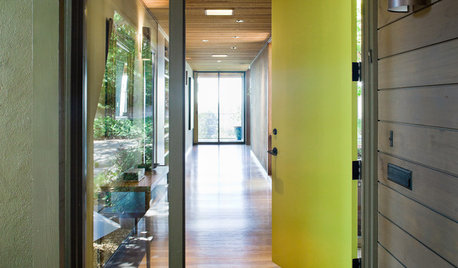
CURB APPEAL5 Bright Palettes for Front Doors
Splash bold green, blue, orange or red on your front door, then balance it with a more restrained hue on the rest of the house
Full Story
COLORColors of the Year: Look Back and Ahead for New Color Inspiration
See which color trends from 2014 are sticking, which ones struck out and which colors we’ll be watching for next year
Full Story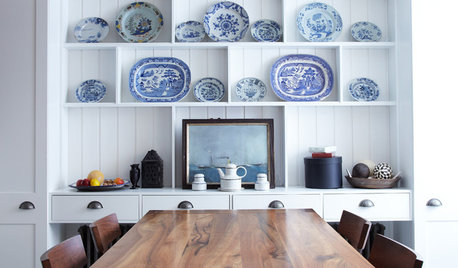
DECORATING GUIDESCreate a Classic Look With Beautiful Blue and White
These techniques and patterns from around the world never go out of style
Full StorySponsored
Columbus Area's Luxury Design Build Firm | 17x Best of Houzz Winner!






fredw10